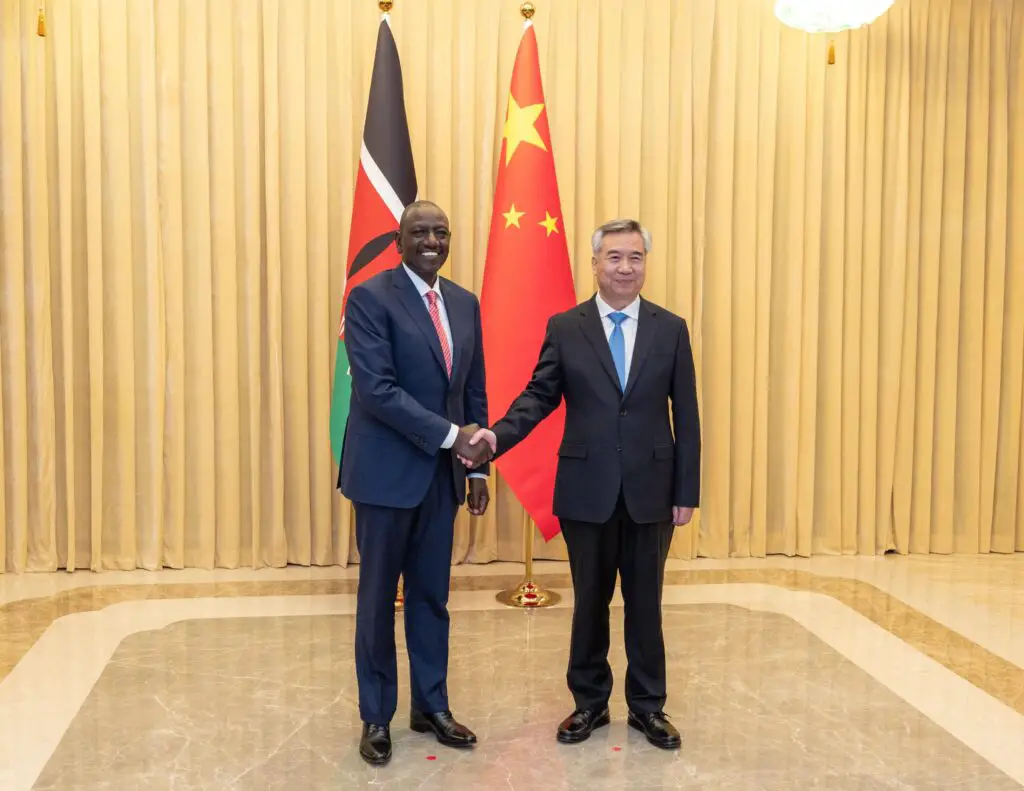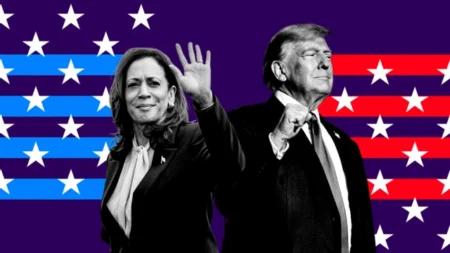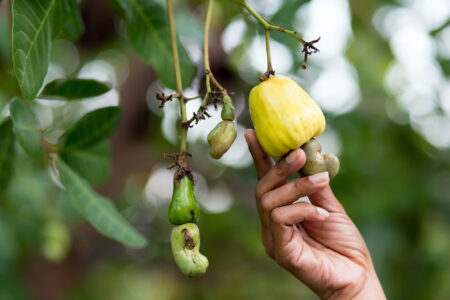- President William Ruto who is attending the third Belt and Road Forum in Beijing is urging Chinese investors to target energy, water and housing sectors in Kenya.
- He said Kenya will support investors who will add value to the country’s abundant raw materials.
- The President witnessed the signing of a Memorandum of Understanding between the Ministry of Energy and Petroleum and Energy China.
Kenya is seeking more investments from China amid a slow return to borrowing for development, which could see the East Asian country continue with its dominance in Kenya’s infrastructure space.
President William Ruto, who is attending the third Belt and Road Forum in Beijing, has urged Chinese investors to exploit opportunities in the fields of energy, water and housing in Kenya. He said Kenya will support investors who will add value to the country’s abundant raw materials.
“Kenya presents real opportunities for investment especially in transformative areas of our economy such as energy, water and housing,” said President Ruto. He made the remarks on Monday when he toured China’s Engineering Corporation Limited in Beijing.
Read also: Kenya’s renewed trade links with US, EU. Will China blink?
Memorandum of understanding on energy
The President witnessed the signing of a Memorandum of Understanding (MoU) between the Ministry of Energy and Petroleum and Energy China.
The MoU will optimise the flexibility and reliability of Kenya’s electrical power system; it will also cover the planning, designing, transformation and modernisation of power generation, transmission and distribution lines and substations.
Other aspects of the MOU include unlocking the potential of renewable energy and advanced energy storage for supporting higher domestic energy sufficiency.
At the same time, the President witnessed the signing of another MoU with the Huawei corporation. The two parties will collaborate to develop Kenya’s ICT infrastructure and promote the digitisation of the transportation, e-government, education and digital energy sectors advancing Kenya’s Digital Superhighway and Bottom-up Economic Transformation Agenda.
It will also help cultivate digital skills and enhance capacity building, an official communication from Kenya’s State House said in an official statement. Dr Ruto lauded Huawei telecommunications’ company for its commitment to helping Kenya accelerate its digital inclusion.
Chinese loans
As China moves to use the Belt and Road Initiative (BRI) forum, championed by President Xi Jinping, to renew its ambitious infrastructure projects and trade with the world, President Ruto is expected to pitch for a $1 billion loan. This is for completion of stalled road projects.
Ruto’s administration has also announced plans to extend the Standard Gauge Railway to its border with Uganda (Malaba) as he softens his stand on Chinese loans.
During the campaigns last year, he criticized his former boss of heavy borrowing which had pushed the country deeper into debt, with Kenya’s debt currently above $68 billion mainly from World Bank and IMF.
China, however, leads in the bilateral external debts extended to Kenya. As at March this year, Chinese loans which amounted to $6.3 billion accounted for roughly 64 per cent of Kenya’s current stock of bilateral external debt.
This was about 17 per cent of the then total external public debt, according to the National Treasury data.
Phase one of Kenya’s Mombasa-Nairobi SGR was constructed at a cost of $3.2 billion which was largely borrowed from the Exim Bank of China in May 2014.
In the latest developments, the government plans to pump at least $14 billion into the extension of the railway line from Suswa to Malaba and a separate line to Isiolo, projects expected to be completed in 2027.
Chinese companies are also behind major infrastructure projects in Kenya, mainly in ports, roads, real estate and manufacturing, with government projects being funded through borrowing.
China Communication Construction Company (CCCC) was behind the construction of the first three berths at Kenya’s second major sea port of Lamu, where the government is seeking private sector support to complete the project.
Lamu Port is part of the wider $16.7 billion Lamu Port-Southern Sudan-Ethiopia Transport (Lapsset) corridor.
One of the most recent projects by the Chinese is the Nairobi Expressway which has changed Nairobi’s landscape and movement, easing traffic in the city.
Read also: Middle East, Asia banks raise funds for Africa’s infrastructure
Belt and Road Initiative
The Beijing forum, between October 17-18 marks the 10th anniversary of the Belt and Road Initiative (BRI) championed by President Xi. It has attracted leaders from many developing countries, notably from Latin America and Africa attending.
Also known within China as the One Belt One Road, it is a global infrastructure development strategy adopted by the Chinese government in 2013 to invest in more than 150 countries and international organisations.
Also referred to as the New Silk Road, it is one of the most ambitious infrastructure projects ever conceived by the Chinese in its push for global influence, mainly developing and poor countries.
The development and investment initiatives were originally targeted at linking East Asia and Europe through physical infrastructure.
In the decade since, the project has expanded to Africa, Oceania, and Latin America, significantly broadening China’s economic and political influence.
Some analysts see the project as an unsettling extension of China’s rising power, and as the costs of many of the projects have skyrocketed, opposition has grown in some countries.
President Xi is expected to take a fresh approach after the Covid-19 pandemic, the trade wars with the US and the Russia-Ukraine war, which have all had their impact on global trade. canaltaronja.cat The covid-19 pandemic also led to a major slowdown in the Chinese economy.
Read also: Africa’s external debt hits $1.13 trillion on expensive loans











